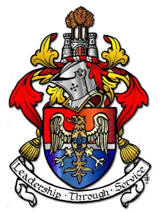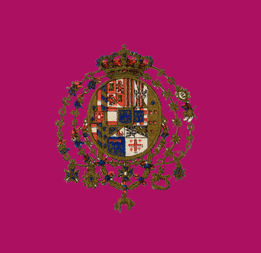| Royal Ancestors from Italy |
|
|
Royal Ancestors from Italy INTRODUCTION In 476 AD the last independent Roman emperor of the West, Romulus Augustulus, was dethroned by the invading Germanic chieftain Odoacer, who thereupon succeeded to the throne. In 488 Theodoric the Great, king of the Ostrogoths, invaded Italy, and, in the following year, slew Odoacer. Theodoric ruled until his death in 526. At that time Justinian I, Emperor of the Eastern Roman Empire dispatched his tow great generals Belisarius and Narses to expel the Germanic invaders from Italy. A fierce war ensued ending in 552 with the death of Teias, the last of the Gothic kings. The Byzantine sway was of short duration, however, for in 568 Italy was invaded by the Lombards, another Germanic tribe. Alboin, king of the Lombards, made Pavia the capital of his realm and from that city launched a series of campaigns which presently deprived the Byzantine power in Italy of everything except the south portion of the province and the Exarchate, or Greek Orthodox bishopric, of Ravenna in the north. After the death of Alboin in 573, the Lombards for a time had no king. Separate bands thereupon united under regional leaders known as duces. The Lombards, like the Goths before them, espoused the heretical creed called Arianism, with the result that they were in perpetual religious conflict with the native Italians, who were overwhelmingly supporters of orthodox Christianity. This conflict was intensified as the temporal power of the popes increased. At length, Agiluf, a new Lombard king, became a convert to orthodox Christianity, and for some time comparative harmony prevailed. However, in order to consolidate their political power, the Lombards began to encroach on papal territory, even threatening the city of Rome, the very center of church authority. In 754 Pope Stephen II summoned help from the Franks who had accepted the spiritual authority of the Church a century earlier. Under the vigorous leadership of Pepin the Short and his son Charlemagne, the Franks conquered the Lombards, deposing the last Lombard king in 774. On Christmas Day, 800, Charlemagne was crowned Carolus Augustus, Emperor of the Romans, by Pope Leo III. When in the 9th century, the Saracens subdued Sicily and threatened Rome, Pope Leo IV called to his aid Louis II, Charlemagne’s great-grandson, who checked the progress of the invaders. The Moslems overran southern Italy after the death of Louis, and compelled the popes to pay tribute. For many years thereafter, the history of Italy is the record of the rise and fall of successive petty kings. Chief among these rulers were Guido of Spoleto, Berengar of Friuli, and Hugo of Provence. The period of anarchy ended in 962, when the Germanic leader, Otto I, after obtaining possession of northern Italy and the Lombard crown, was crowned emperor by Pope John XII. This event marked the establishment of both the Holy Roman Empire and the German nation.
Italy
|

